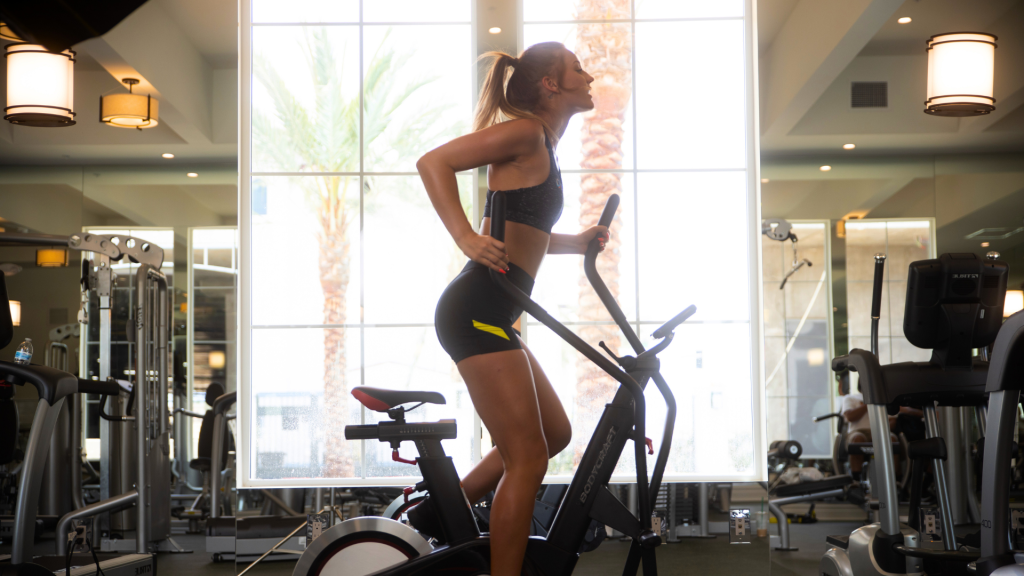Running for 30 minutes every morning isn’t always realistic. Between early meetings, school drop-offs, and the simple chaos of daily life, even lacing up your trainers can feel like a workout. But what if you could get a better workout in just 10 minutes—and protect your joints in the process?
According to NASA, that’s exactly what rebounding offers.
The Space-Age Workout That Hits Harder (and Hurts Less)
Rebounding—essentially jumping on a mini-trampoline—might sound like something out of an old workout video, but it’s backed by serious science. NASA originally studied this method to help astronauts regain muscle and cardiovascular strength after long periods in space. What they found was surprising: rebounding was up to 68% more effective than jogging on a treadmill when comparing aerobic intensity at the same oxygen uptake.
Translation? You can get a better workout in less time, with significantly less strain on your knees, hips, and back.
Why It Works
The secret lies in how force is distributed. When you jog, your joints absorb most of the impact. Rebounding, on the other hand, disperses the force across your entire body thanks to the trampoline’s bounce. This reduces joint wear and tear while still giving your heart, lungs, and muscles a serious challenge.
The most basic movement—the “health bounce”—is a gentle, controlled up-and-down motion that keeps your feet on the trampoline. It’s low impact but stimulates your lymphatic system, boosts circulation, and ramps up cardiovascular effort. You can also mix in jumping jacks, high knees, or dance-style routines to dial up the intensity.
Efficient, Joint-Friendly, and Actually Fun
What makes rebounding a standout isn’t just its efficiency—it’s how accessible it is. You don’t need fancy gear, a gym membership, or perfect weather. A mini-trampoline takes up less space than most treadmills and doesn’t require much setup. Plus, it’s a lot more fun than pounding the pavement, which means you’re more likely to stick with it.
And the benefits go beyond fitness. Rebounding helps with balance, coordination, and even mood, thanks to its endorphin-boosting effects. It’s also easy to recover from, making it perfect for those with busy schedules or anyone who struggles with soreness after high-impact workouts.
A New Trend With Serious Roots
The rebounding revival is already trending on TikTok, where influencers are combining traditional trampoline workouts with kangaroo jumping boots for mobile cardio sessions. But it’s not just a fad—NASA’s data gives it lasting credibility.
So if running feels more like a chore than a release, it might be time to ditch the pavement and take a bounce instead. You’ll save time, protect your joints, and still torch calories.
Because if it’s good enough for astronauts, it’s definitely worth a spot in your routine.


